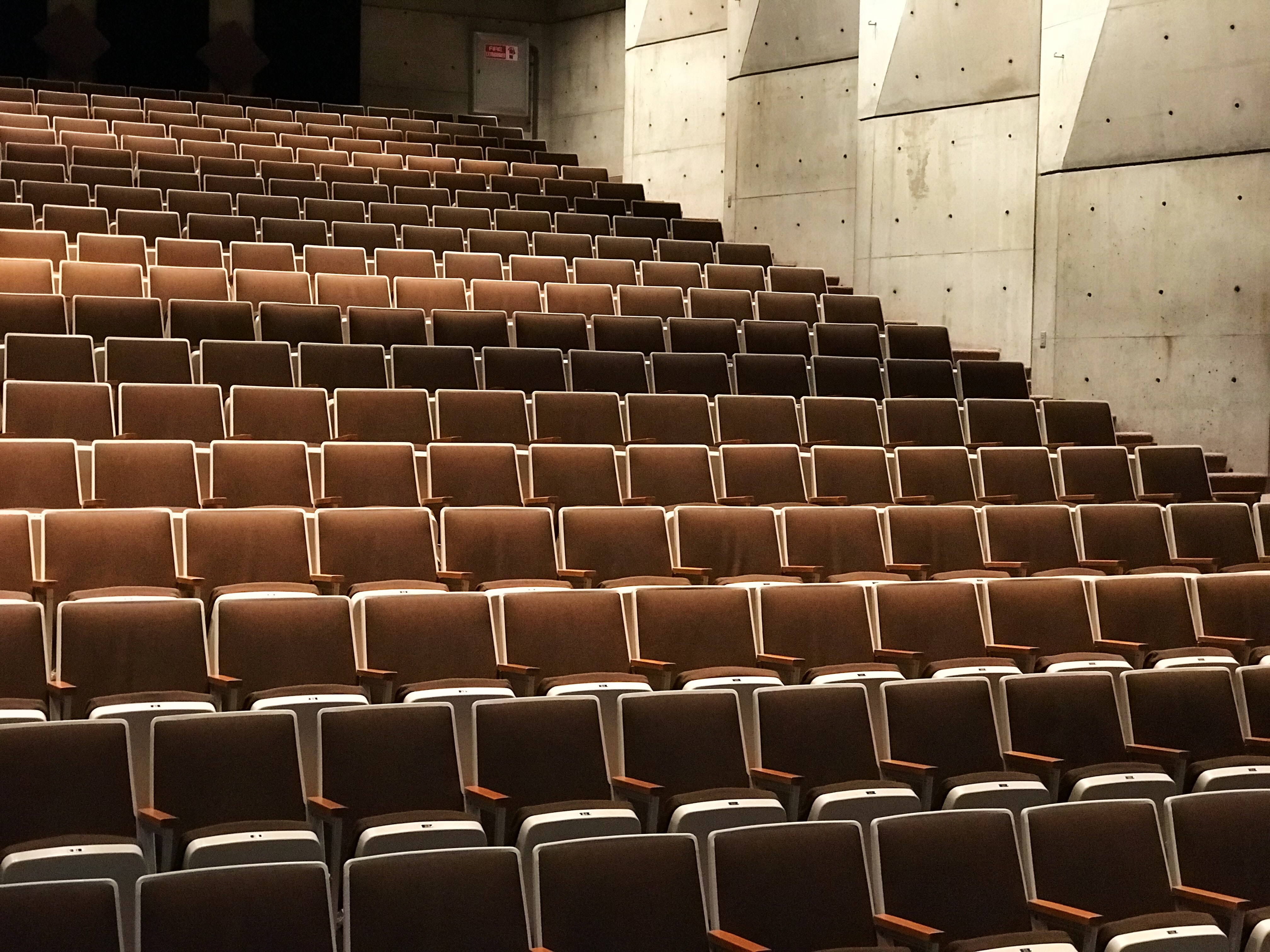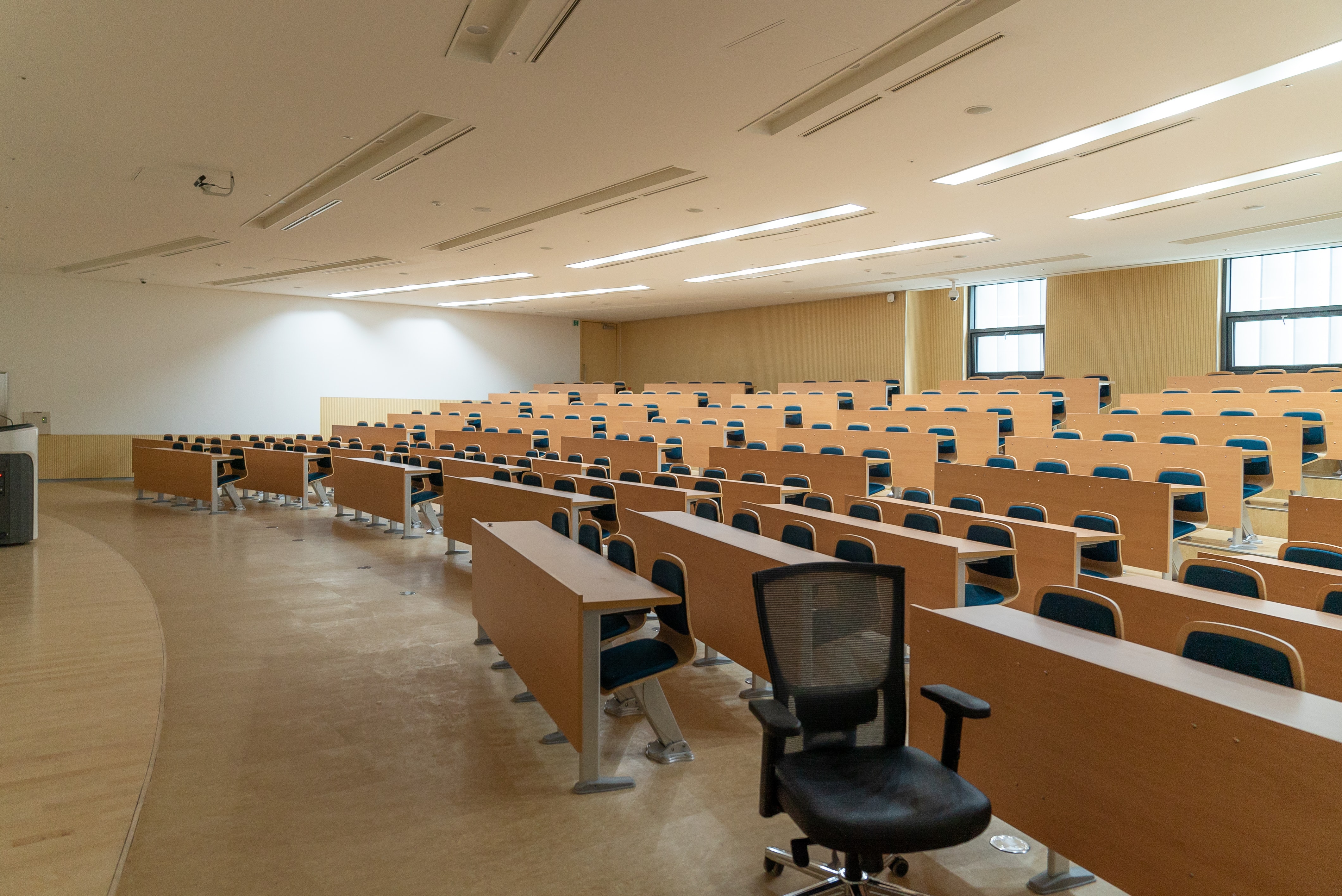
Breaking Tradition: How New Developmental Education Models Help Students
Students are often solely responsible for their postsecondary academic success, but the institution...

Amanda Smith | Associate Vice President of Liberal Arts and Adult Education, Rock Valley College
Students are often solely responsible for their postsecondary academic success, but the institution...


Charles Dull | Associate Dean of the IT Center of Excellence, Cuyahoga Community College
Transformation and growth in online learning and training is no longer being driven by new...

Sheila Quirk-Bailey | President, Illinois Central College
Higher education tends to focus on that first-level goal for students. When they reach it, we check...

Alissa Levine | Director of Workforce Development Programs, Kingsborough Community College
Integrating Workforce Development programming can be vital to student success and give them more...

Brenda Hellyer | Chancellor, San Jacinto College
Some programs, such as Workforce Development courses, stayed strong during the COVID-19 pandemic,...

Thomas Stith III | President, North Carolina Community College System
Higher ed enrollments are down over one million since the advent of COVID-19, but the pandemic is...

Richard Rhodes | Chancellor, Austin Community College
Continuing Education in North America continues to exist adjacent to higher ed instead of within...

Jim Murdaugh | President, Tallahassee Community College
Making a difference for students starts from the top, and extends beyond the walls of the...

Kathleen Hyde | Online Professor and Cybersecurity Program Co-Chair, Champlain College
Cybersecurity could be the answer for many in the Great Resignation, but finding a way into the...

Andrea Sisneros Wichman | Program Director in CNM Ingenuity, Central New Mexico Community College
Boot camps disrupt an established industry and offer access to highly specific tech skills to...
Continuing Education lives in a space with more flexibility and looser state regulation, which can...
